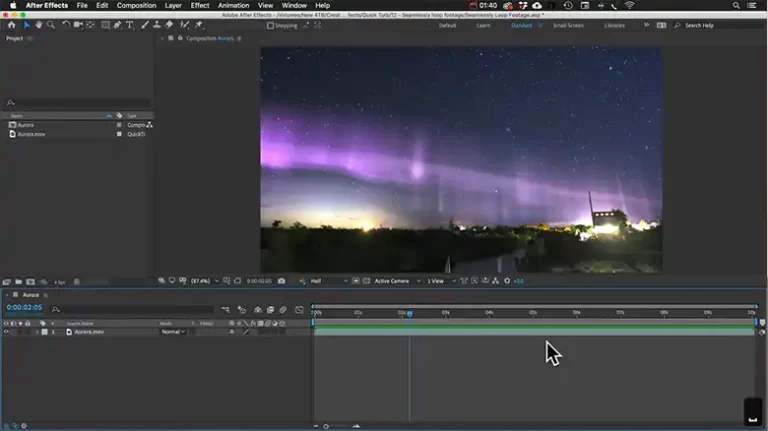The Ongoing Promise of Technology
Our phones are way more powerful than the tech that sent people to the moon. But we mostly use them for silly things like looking at memes. This gap between what technology can do and how we use it keeps getting bigger.
In just a few decades, our devices have gotten amazingly fast, small, and smart as progress speeds up. But people stay the same – we like what’s easy and fun more than big dreams. So we have all this crazy advanced technology capable of unbelievable things. But it often ends up getting used for dumb videos, games, and arguing with strangers online.
The Push and Pull
As our tools keep rapidly improving while we stay put, the divide expands. Our gadgets hint at amazing potential if we just look up from our screens. But those cat videos won’t watch themselves.
This push and pull has fueled innovation for centuries. With each new gadget or platform promising to improve life, initial wide-eyed optimism gives way to more measured responses. Yet the cycle continues. Despite eye rolls over trivial use cases, exponential adoption takes over. The benefits and joys of assimilation ultimately win out.
Of course, companies hype the latest “game changers” via slick keynotes and ads. They tap into our appetite for progress by highlighting how new tech can save lives, empower communities, and increase productivity. The futures conjured spark inspiration and delight.
But potential and reality remain distant cousins. Groundbreaking applications arise, yet silliness persists. For now, this ongoing elastic dialogue – between euphoria and consternation over technology’s impact – shows no signs of abating.
Promises and Progress
In 1987, an IBM computer struggled to understand a woman’s intentionally slow, stilted speech about the natural appeal of voice control. Decades later, Google software flawlessly interprets quick, accented voice commands.
The contrast shows staggering progress in a relatively short period. In less than 30 years, the promise of speech technology went from clumsy prototypes to seamless sci-fi integration.
And the pattern continues across fields. Whether it’s wireless bandwidth, processing power, or battery efficiency, today’s devices markedly outpace those from the early 2000s, let alone the 1980s. The relentless pace can leave us jaded about the latest incremental steps. Yet zooming out reminds us how far and how fast we’ve come.
Of course, outliers like Moore’s Law fuel the expectation that rapid innovation persists indefinitely. Signs like mainstream 5G rollout and advances in AI and AR hint the 2020s will continue unprecedented change. But sustaining the rate gets mathematically trickier over time as physical limits loom. Regardless, for now, continuous exponential tech improvement remains our reality.
Unanswered Questions
Beyond progress, seductive pitches around automation, connectivity, and convenience also keep our optimism for technology alive. Scenarios of seamless smart cities and hyper-efficient existence paint alluring pictures. However, questions linger about whether tech can truly guarantee efficiency or success for users. Can tools ever elevate people beyond a results lottery driven by circumstance?
In many ways, the apps and devices keep getting smarter while humans remain stubbornly flawed. For every life improved by an innovation, one gets wasted on the digital equivalent of looking at cat photos. The tension has existed for generations but seems more pressing as the technology/human imbalance widens.
Some futurists predict a coming “singularity” when systems gain more intelligence than people. Perhaps technical architecture could then guide us past flaws and uncertainties that have forever accompanied innovation.
Yet that reality raises existential questions. If technology eliminates risk and reliably delivers on its promise, will the thrills of adoption and exploration fade? Or will the conveniences free our attention for higher pursuits?
Continuing the Journey
For now, the journey continues with humanity and our devices locked in perpetual tension between game-changing potential and real-world quirks. But that creative friction has sparked unprecedented innovation so far.
Technology keeps advancing, while human nature remains steady – for better and worse. The coming decades will bring wondrous new achievements along with amusing trifles. And the elastic dialogue will continue playing out across think-pieces, keynotes, message boards, and product launches.
Where we end up remains anyone’s guess. But the promises will keep coming and the peril of wasted potential lingers. Still, if history holds, when the next wave arrives, we’ll likely slide into it snugly, forget old frustrations, and excitedly ask “Can you imagine what’s next?”

